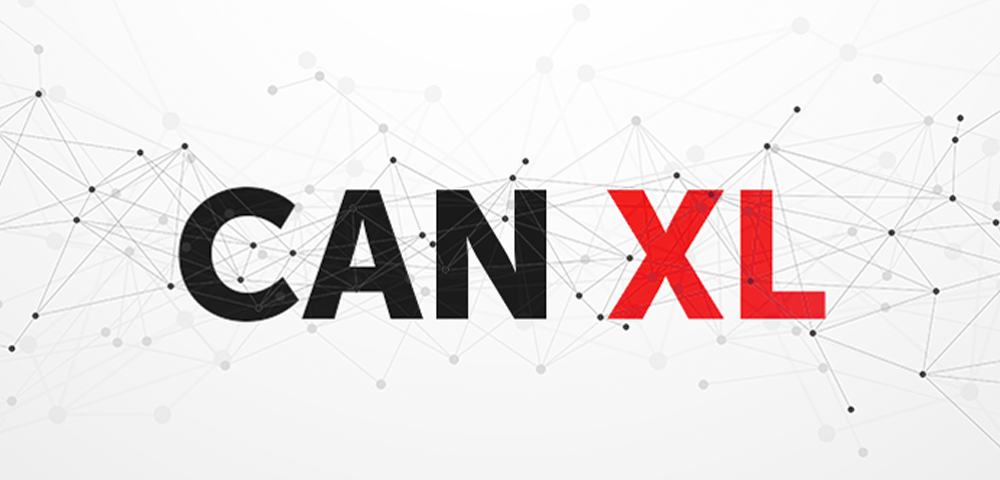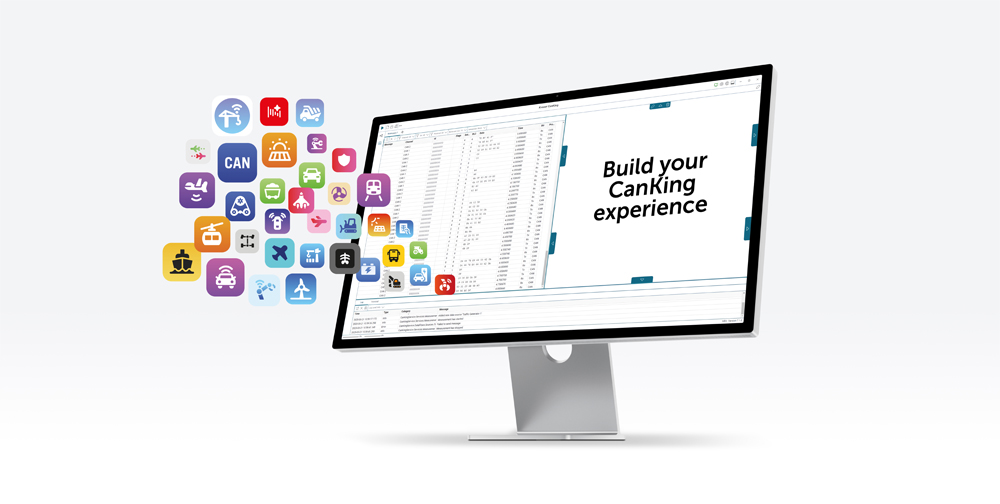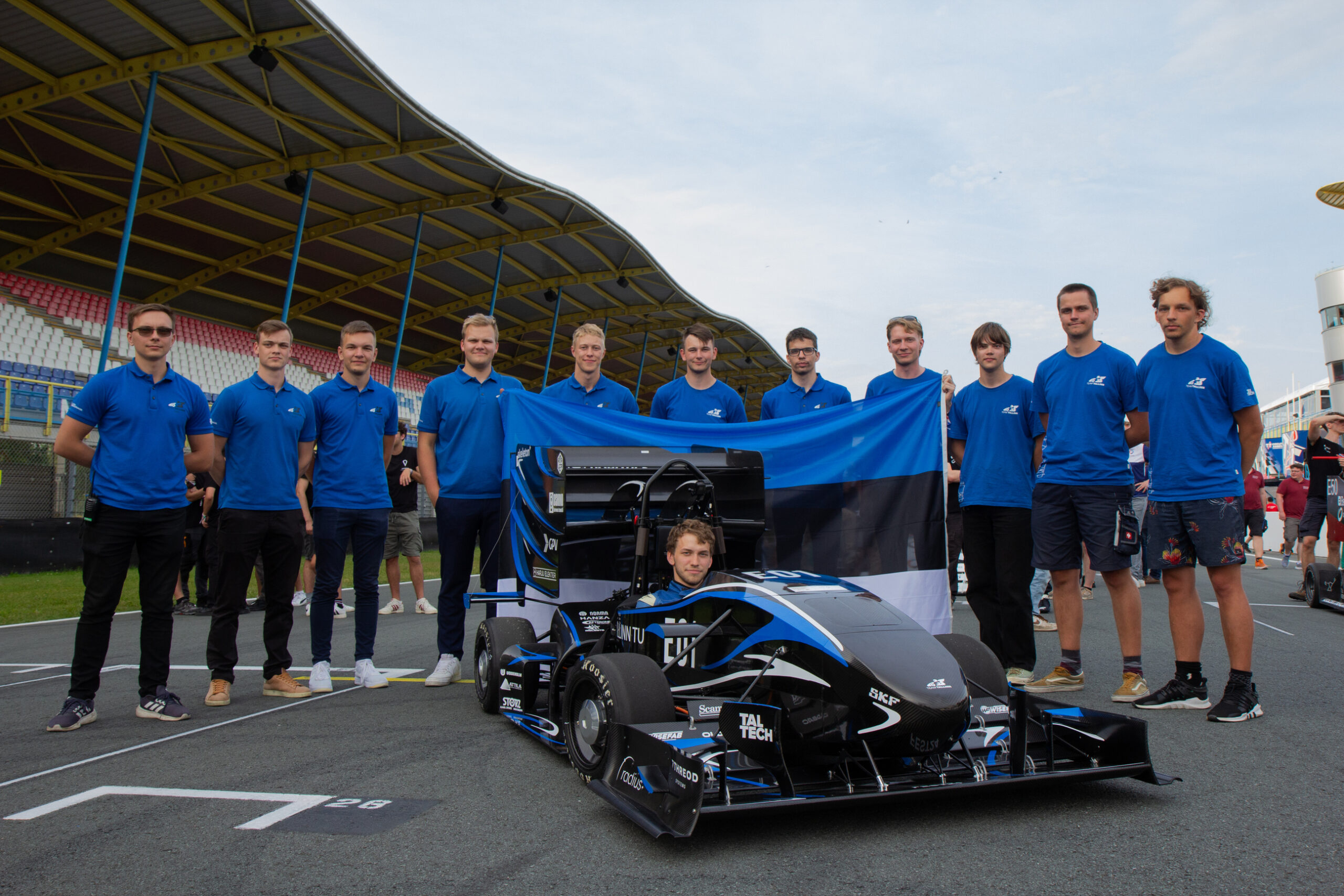Public

Kvaser achieves ISO 9001:2015 and ISO 14001:2015 certification
Kvaser AB is proud to announce that we have successfully been certified to ISO 9001:2015 and IS0 14001: 2015. ISO…Read More
Read More
CAN XL: Advancing Connectivity for System Developers
The technological landscape of today is evolving rapidly, demanding more efficient and secure communication between systems. As companies and developeRead More
Read More
Advance EoL: Leaf Light v2 series ends Dec 2025
Kvaser announces today that these Kvaser Leaf Light v2 products are being transitioned directly to End of Life (EoL). A Last Time…Read More
Read More
Welcoming Thomas Roberts as Kvaser’s New CCO
Kvaser proudly announces the appointment of Thomas Roberts as its chief commercial officer (CCO). Based at Kvaser’s Gothenburg headquarters, Thomas…Read More
Read More
Smarter CAN Bus Analysis: Kvaser Unveils Customizable CanKing 7 Extensions
Mölndal, Sweden – June 5, 2025 Kvaser is proud to introduce the Kvaser CanKing Extensions SDK, an innovative app-based platform…Read More
Read More
Kvaser’s May 2025 Software Release
More LIN views, an in-app User Guide and a signal data logger added to CanKing 7.2.0 Kvaser has released CanKing…Read More
Read More
Kvaser introduces customizable Extensions for CanKing 7
Kvaser is proud to release Kvaser CanKing Extensions SDK: an innovative app-based platform that allows anyone to design and share…Read More
Read More
Stronger Together: Kvaser’s Network of Partnership
Kvaser collaborates with leading organizations like Can in Automation (CiA), Trustworthy Edge Computing Systems and Applications (TECoSA), SAE InternaRead More
Read More
Racing to the Top with Kvaser: A Formula Student Journey
FS Team Tallinn 2024 and their 17th Formula Student car, FEST24. Reaching the top of the Formula Student rankings with…Read More
Read More
Reliable Embedded Control & Data Acquisition
At recent exhibitions, Kvaser’s industry-leading high-speed PCIe to CAN interfaces have drawn strong interest from engineers and developers looking foRead More
Read More linkedin
linkedin twitter
twitter youtube
youtube youku
youku weixin
weixin